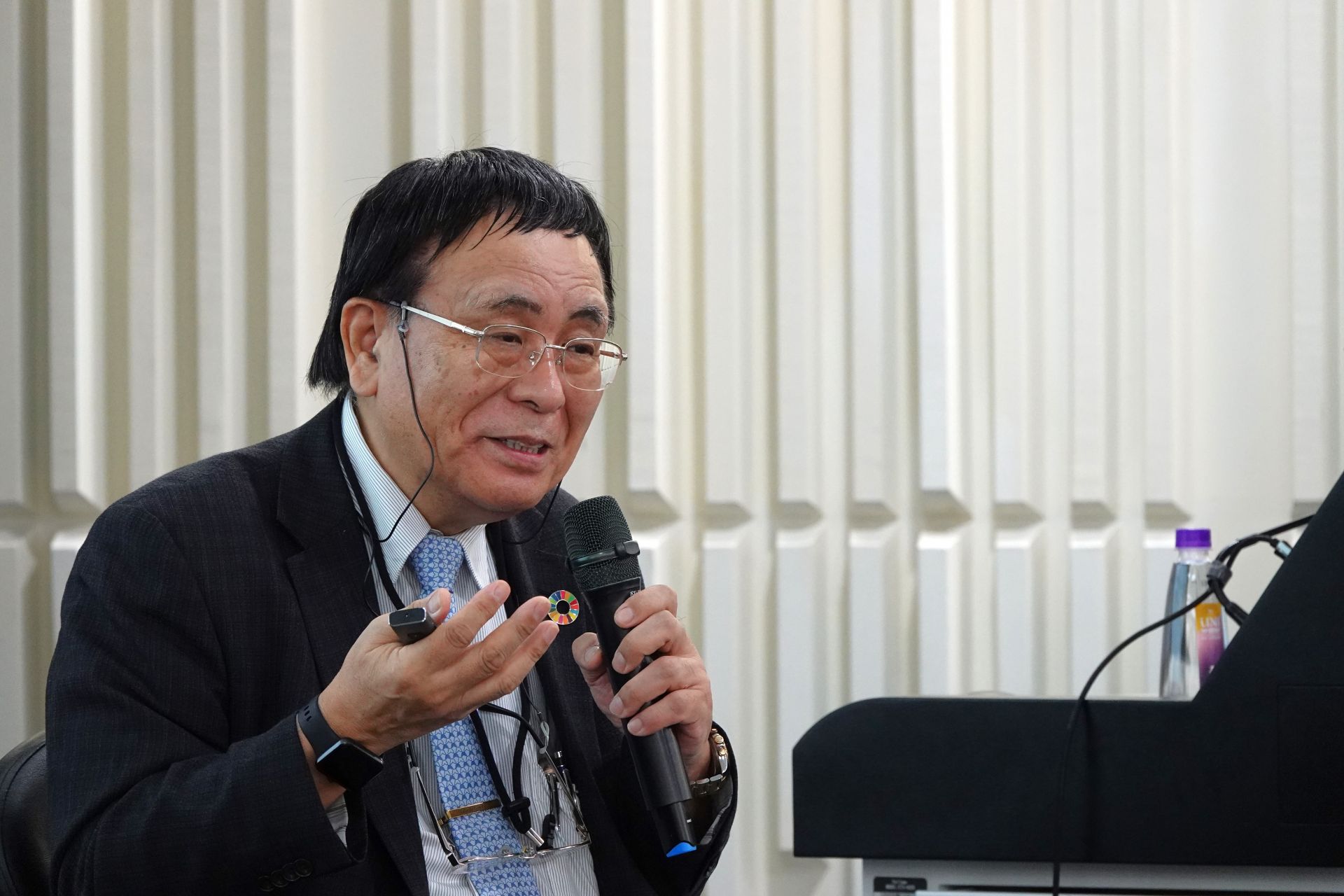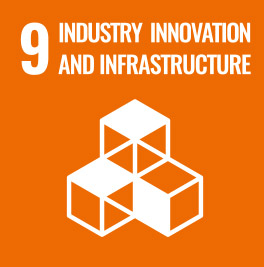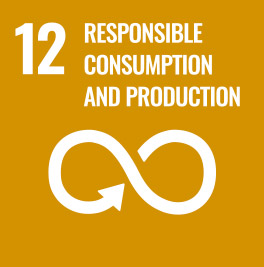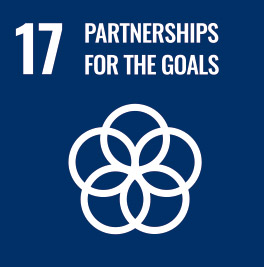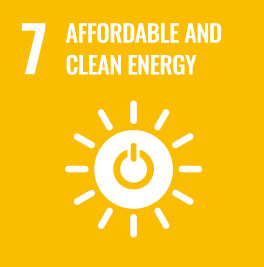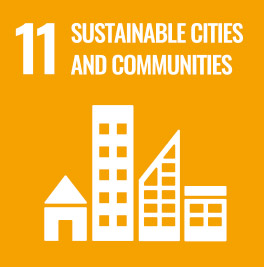SDG9
NCKU and NCHU Collaborate with International Research Teams to Develop the World's First Suspended Ferroelectric 2D Transistor
A research team led by Professor Jan-Chi Yang of the Department of Physics and the Center for Quantum Frontiers of Research & Technology at National Cheng Kung University (NCKU) has collaborated with Professor Yen-Fu Lin of National Chung Hsing University (NCHU), as well as experts from National Tsing Hua University, National Yang Ming Chiao Tung University, the Taiwan Semiconductor Research Institute, the National Synchrotron Radiation Research Center, and the Max Planck Institute in Germany, to develop a pioneering technology: the world’s first suspended ferroelectric two-dimensional (2D) transistor. This innovation successfully overcomes long-standing challenges in integrating high-k ferroelectric materials with 2D materials, opening up new possibilities for next-generation transistors, AI chips, memory devices, and 3D packaging architectures.
The team’s breakthrough research, titled “Integration of freestanding hafnium zirconium oxide membranes into two-dimensional transistors as a high-κ ferroelectric dielectric”, was published in Nature Electronics at the end of June 2025. The core technology lies in the fabrication of sub-20 nm-thick, transferable, suspended ferroelectric Hf₀.₅Zr₀.₅O₂ (HZO) membranes, which were successfully integrated over large areas onto 2D semiconductor MoS₂. When used as the high-k gate dielectric for 2D field-effect transistors, these suspended HZO films achieved an on/off current ratio greater than 10⁹ and an exceptionally low subthreshold swing of 53 mV/dec, enabling devices with both high performance and low power consumption.
2D materials are widely regarded as one of the most promising next-generation semiconductor platforms. In recent years, their applications in memory and transistor devices have been increasingly demonstrated. However, conventional dielectric deposition techniques—such as atomic layer deposition (ALD) and chemical vapor deposition (CVD)—often fail to produce films that simultaneously exhibit high dielectric constants and ferroelectric properties when deposited directly on 2D materials. Furthermore, these methods typically require complex post-processing to enhance performance, and more critically, they often degrade the electronic properties of the underlying 2D materials during dielectric deposition, impeding the realization of ideal high on/off ratios and energy-efficient operation.
The NCKU team, led by Professor Yang, with Dr. Yu-Cheng Liu and Ph.D. candidate Po-Tsai Chen, has long focused on the development and characterization of quantum materials. At the Laser Molecular Beam Epitaxy Laboratory of the NCKU Department of Physics, the team successfully synthesized high-quality suspended HZO films and developed a reliable transfer process, which proved to be the critical enabler of this novel material system.
Professor Yang explained, “We have transformed ultrathin, high-k ferroelectric materials into transferable, actively integrable media. Whether on a pristine single-crystal substrate or on a chip that has already undergone multiple complex fabrication steps, our method allows the effective transfer of high-quality HZO ferroelectric films. This approach provides unprecedented flexibility in building future semiconductor architectures based on 2D materials.”
Another corresponding author, Professor Yen-Fu Lin of NCHU, led the device integration and validation process. His team transformed the suspended membrane into a fully functional transistor, achieving a channel length as short as 13 nm while maintaining excellent device performance. He stated, “We not only built a working transistor with this new material system but also scaled it down significantly. From inverters and logic gates to 1-bit adders, we developed them one by one, proving that this is not just a novel material but a complete, modular, and practical solution.”
The suspended thin-film growth and transfer technologies developed in this study are part of the core platform at NCKU’s Frontier Quantum Technology Research Center, which focuses on advancing next-generation quantum materials. Initial testing has already demonstrated large-area scalability, and multiple international patents are pending. Looking ahead, the team aims to scale the process to 8-inch and 12-inch wafers, with high potential applications in AI smartphones, smart healthcare, and automotive chips. This groundbreaking platform may position Taiwan as a key leader in novel semiconductor processing and materials technologies.
The team’s breakthrough research, titled “Integration of freestanding hafnium zirconium oxide membranes into two-dimensional transistors as a high-κ ferroelectric dielectric”, was published in Nature Electronics at the end of June 2025. The core technology lies in the fabrication of sub-20 nm-thick, transferable, suspended ferroelectric Hf₀.₅Zr₀.₅O₂ (HZO) membranes, which were successfully integrated over large areas onto 2D semiconductor MoS₂. When used as the high-k gate dielectric for 2D field-effect transistors, these suspended HZO films achieved an on/off current ratio greater than 10⁹ and an exceptionally low subthreshold swing of 53 mV/dec, enabling devices with both high performance and low power consumption.
2D materials are widely regarded as one of the most promising next-generation semiconductor platforms. In recent years, their applications in memory and transistor devices have been increasingly demonstrated. However, conventional dielectric deposition techniques—such as atomic layer deposition (ALD) and chemical vapor deposition (CVD)—often fail to produce films that simultaneously exhibit high dielectric constants and ferroelectric properties when deposited directly on 2D materials. Furthermore, these methods typically require complex post-processing to enhance performance, and more critically, they often degrade the electronic properties of the underlying 2D materials during dielectric deposition, impeding the realization of ideal high on/off ratios and energy-efficient operation.
The NCKU team, led by Professor Yang, with Dr. Yu-Cheng Liu and Ph.D. candidate Po-Tsai Chen, has long focused on the development and characterization of quantum materials. At the Laser Molecular Beam Epitaxy Laboratory of the NCKU Department of Physics, the team successfully synthesized high-quality suspended HZO films and developed a reliable transfer process, which proved to be the critical enabler of this novel material system.
Professor Yang explained, “We have transformed ultrathin, high-k ferroelectric materials into transferable, actively integrable media. Whether on a pristine single-crystal substrate or on a chip that has already undergone multiple complex fabrication steps, our method allows the effective transfer of high-quality HZO ferroelectric films. This approach provides unprecedented flexibility in building future semiconductor architectures based on 2D materials.”
Another corresponding author, Professor Yen-Fu Lin of NCHU, led the device integration and validation process. His team transformed the suspended membrane into a fully functional transistor, achieving a channel length as short as 13 nm while maintaining excellent device performance. He stated, “We not only built a working transistor with this new material system but also scaled it down significantly. From inverters and logic gates to 1-bit adders, we developed them one by one, proving that this is not just a novel material but a complete, modular, and practical solution.”
The suspended thin-film growth and transfer technologies developed in this study are part of the core platform at NCKU’s Frontier Quantum Technology Research Center, which focuses on advancing next-generation quantum materials. Initial testing has already demonstrated large-area scalability, and multiple international patents are pending. Looking ahead, the team aims to scale the process to 8-inch and 12-inch wafers, with high potential applications in AI smartphones, smart healthcare, and automotive chips. This groundbreaking platform may position Taiwan as a key leader in novel semiconductor processing and materials technologies.
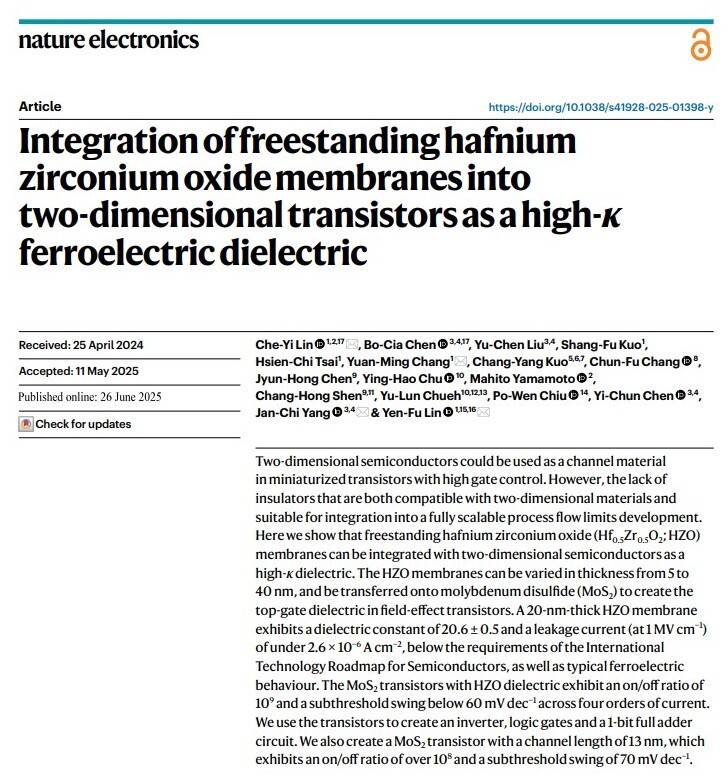
The research paper was published in Nature Electronics.
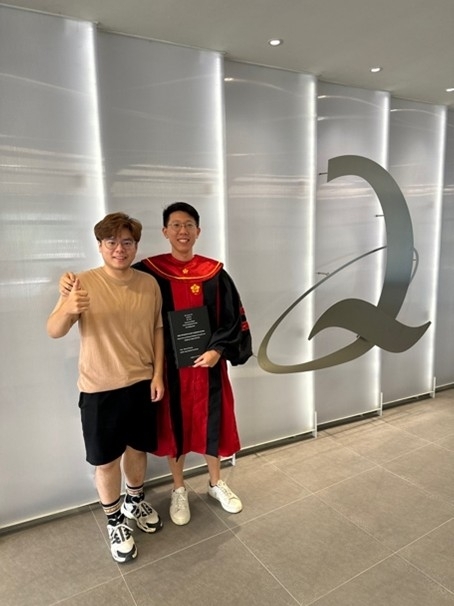
The primary authors of the NCKU research team are Mr. Po-Tsai Chen (left) and Dr. Yu-Cheng Liu (right).
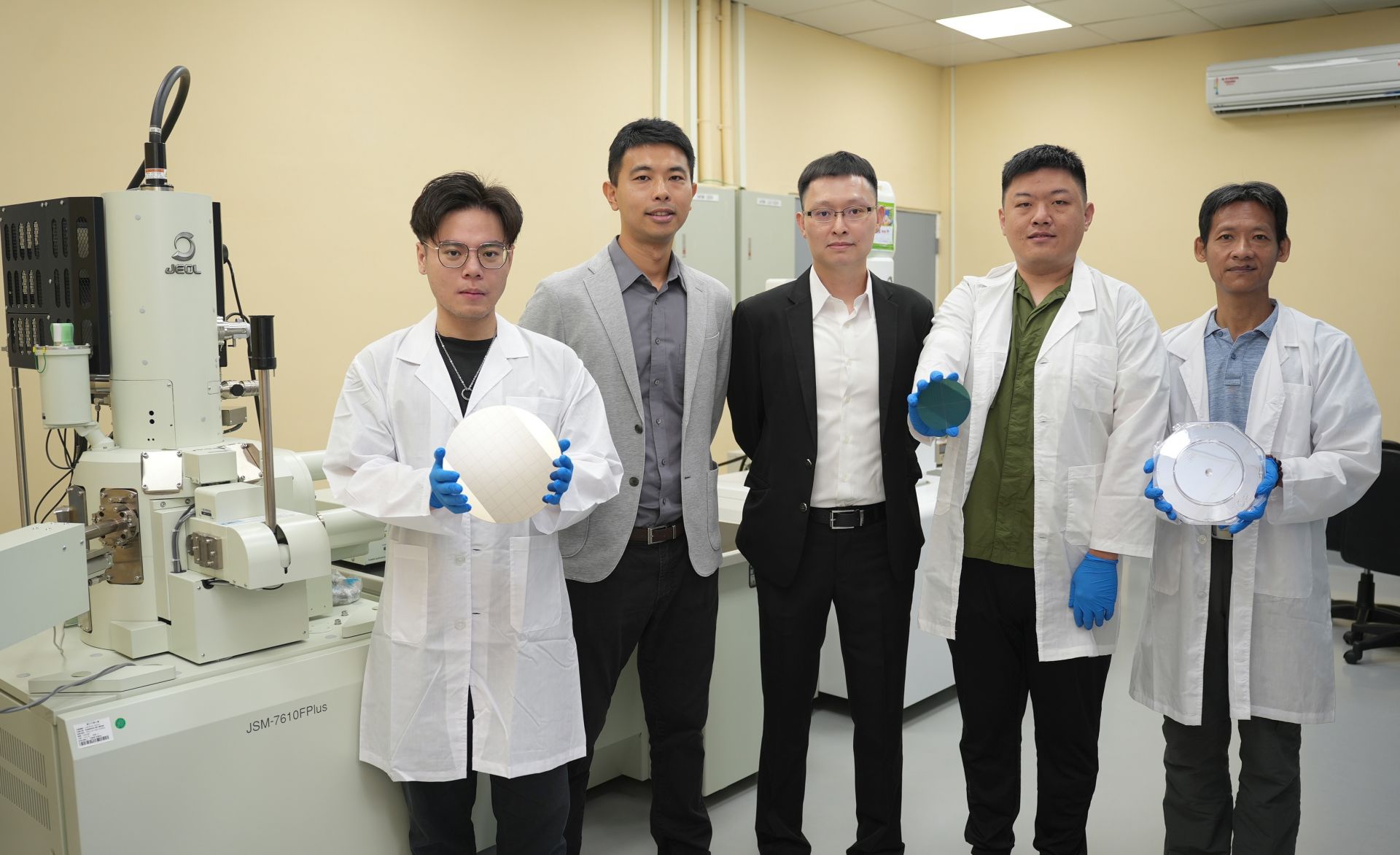
Group photo of the joint research team from NCKU and NCHU. From left to right: Mr. Po-Tsai Chen, Professor Jan-Chi Yang, Professor Yen-Fu Lin, Dr. Che-I Lin, and Dr. Yuan-Ming Chang.
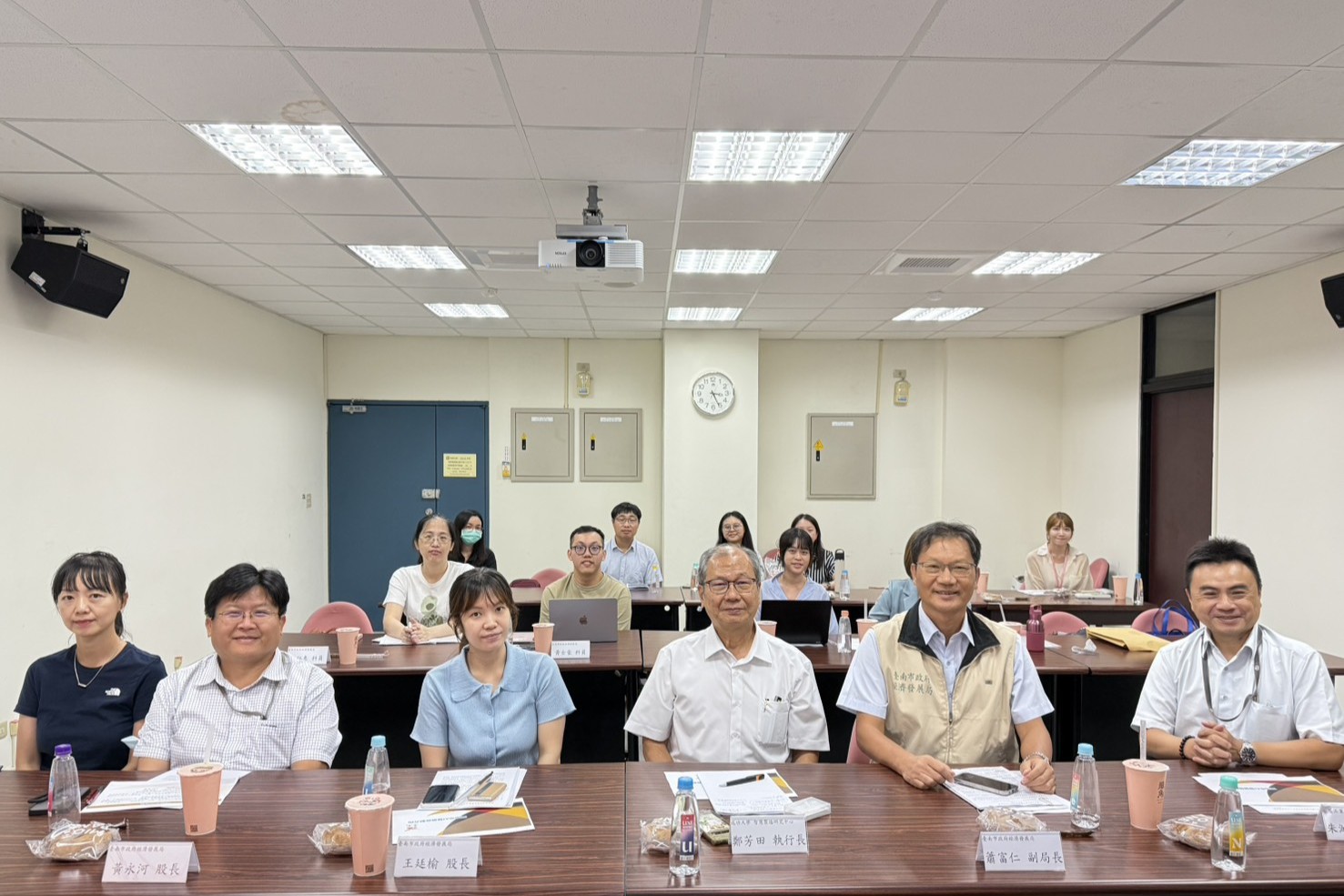
SDG9Tainan City Government Economic Development Bureau Visits NCKU to Exchange Strategies on Advancing Industrial AI Transformation
View more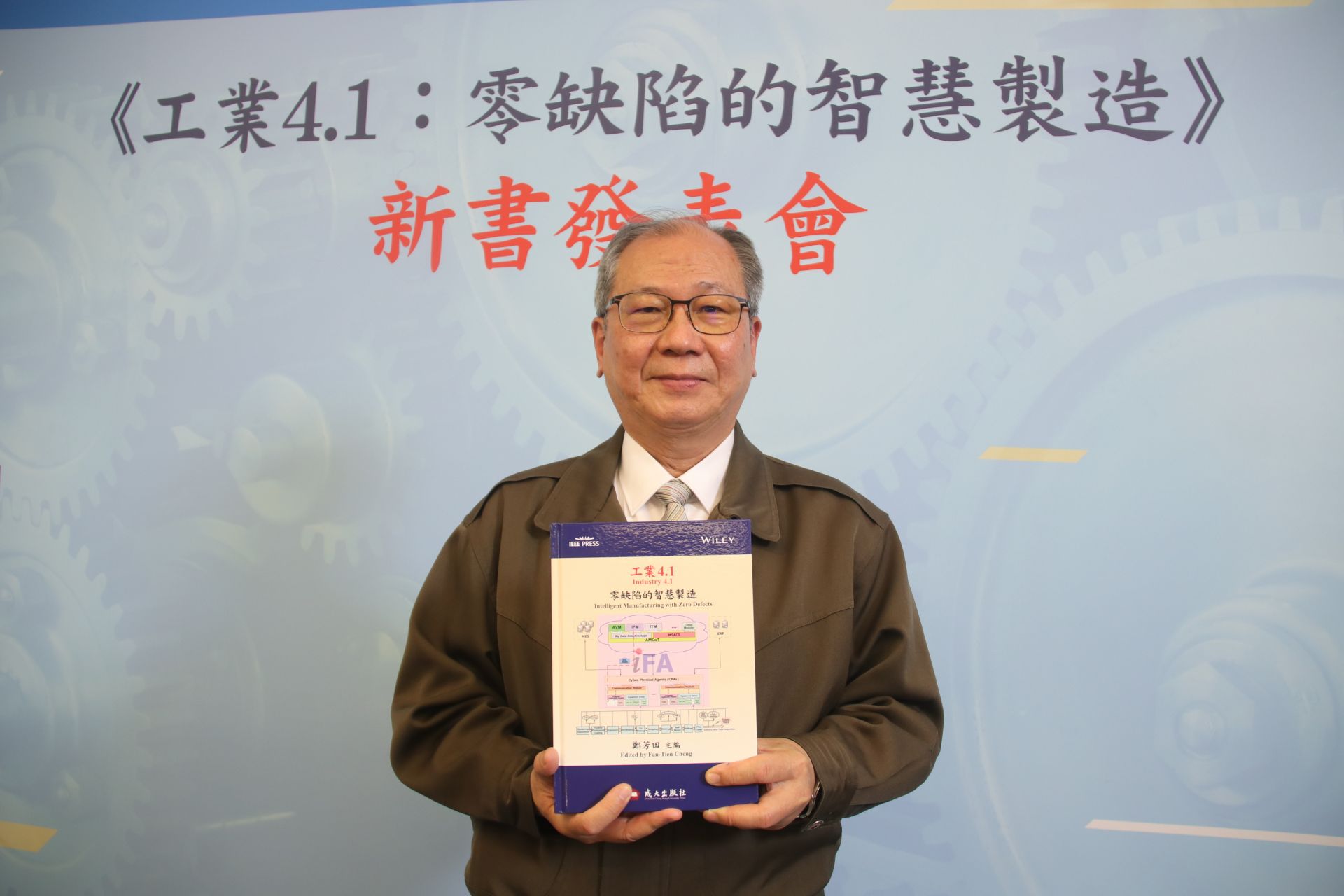
SDG9Director Fan-Tien Cheng of NCKU's Book Launch: "Industry 4.1: Intelligent Manufacturing with Zero Defects"
View more